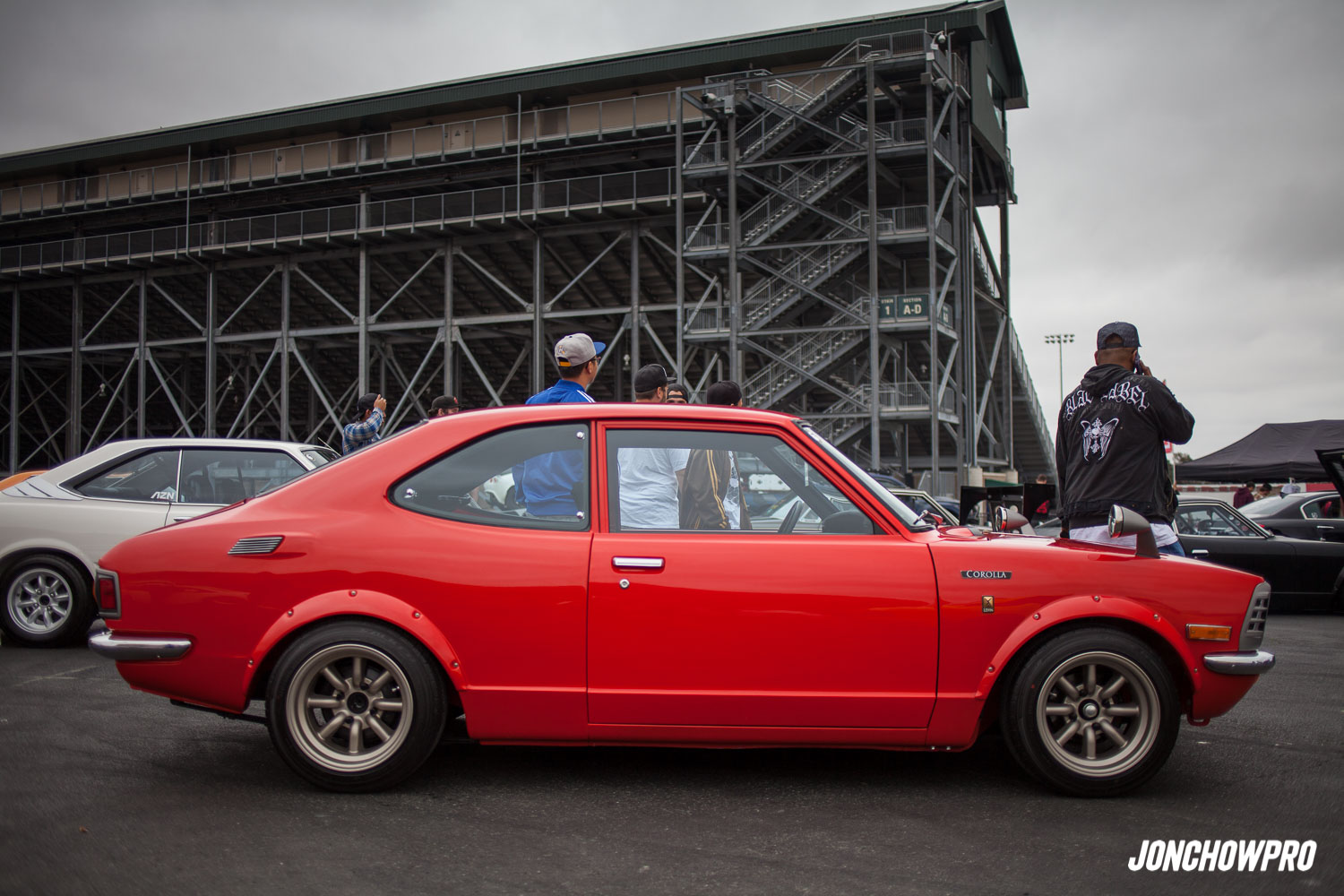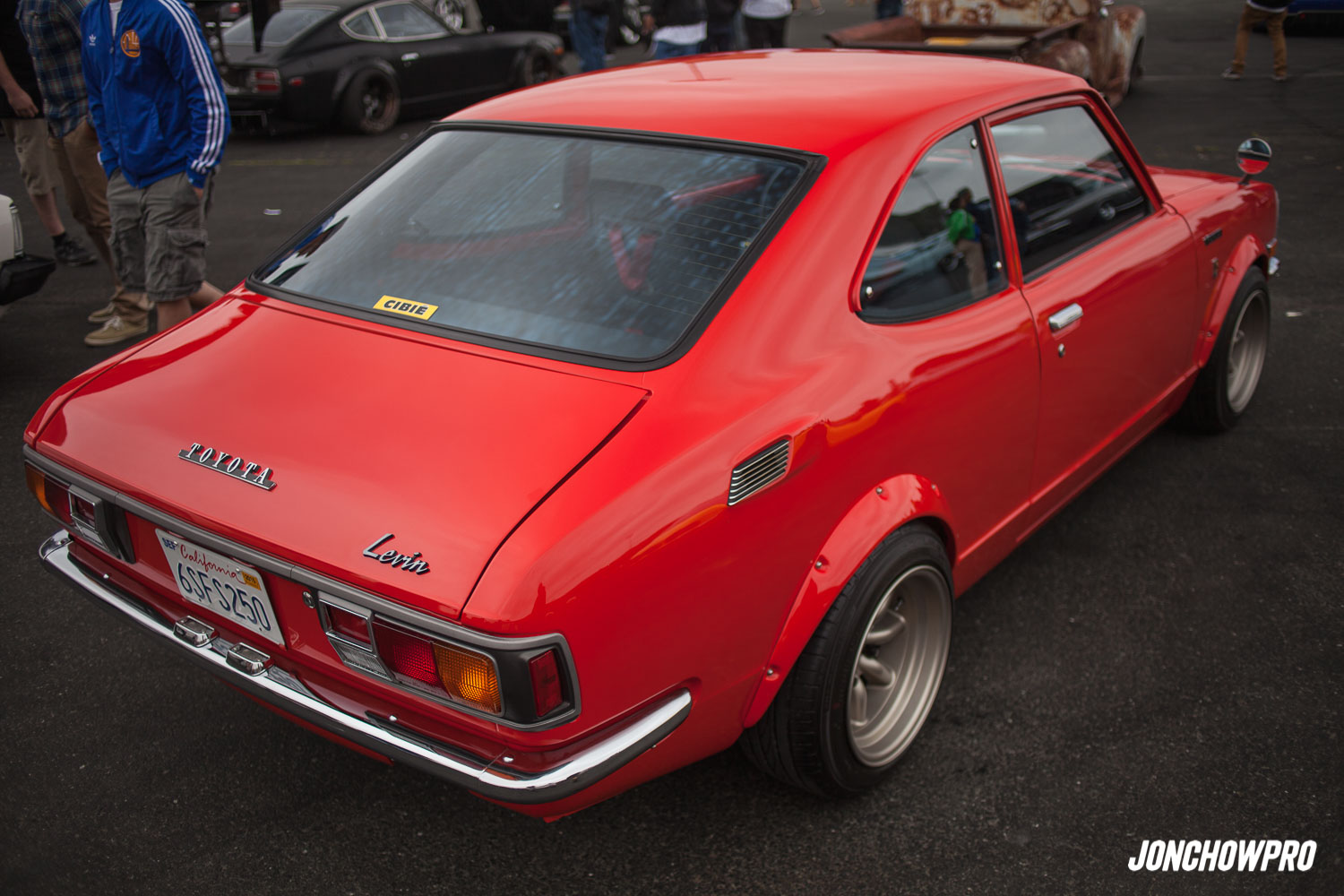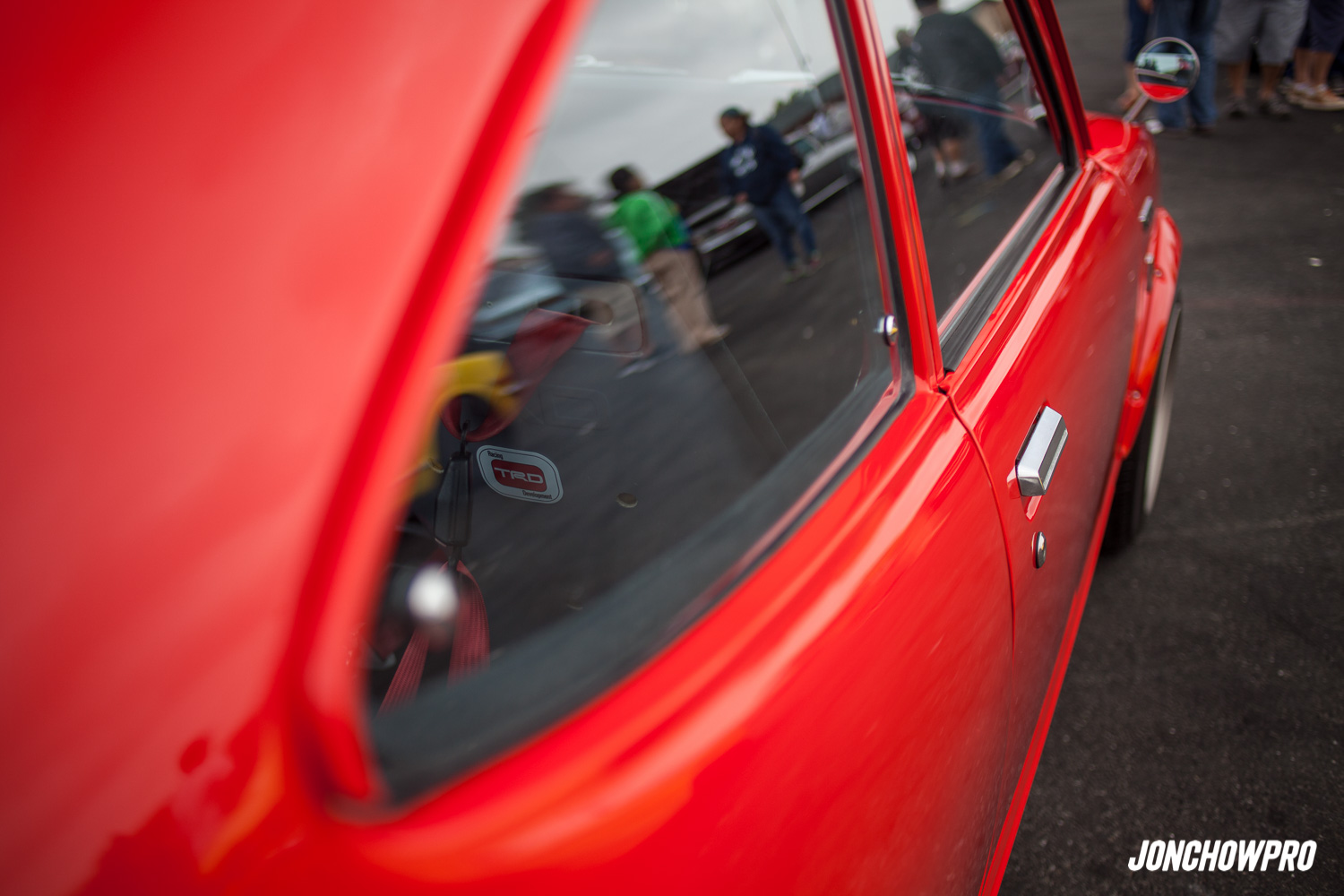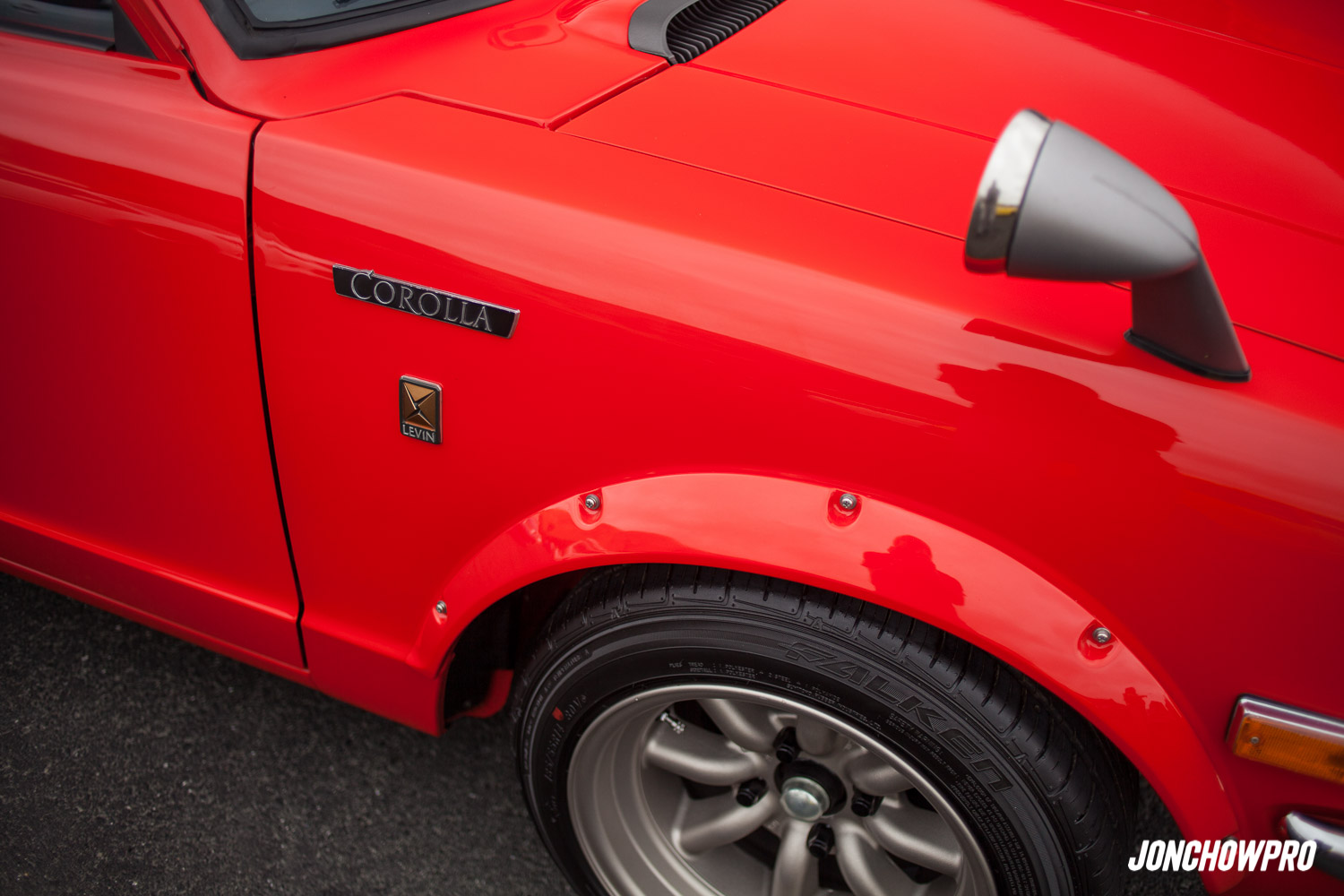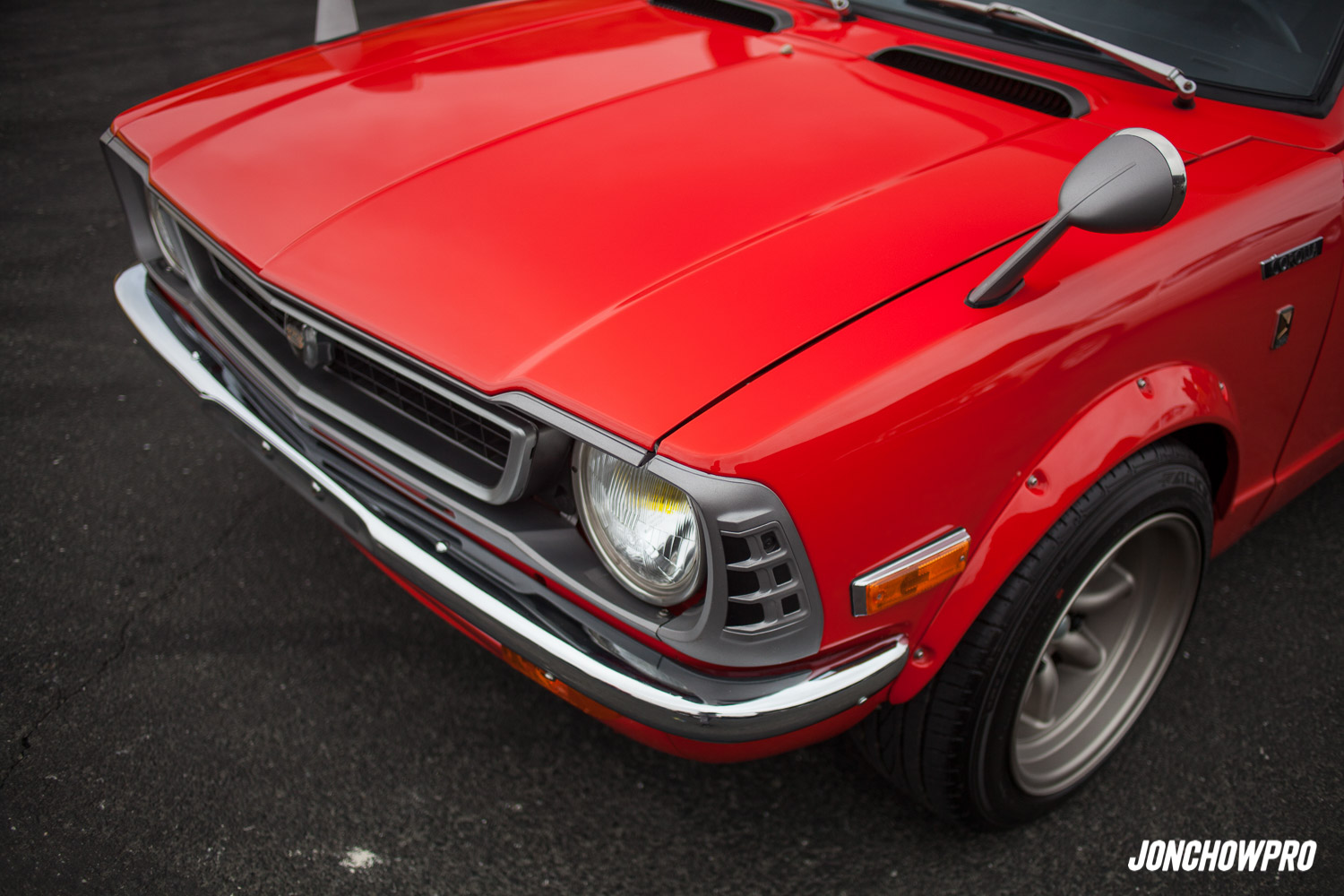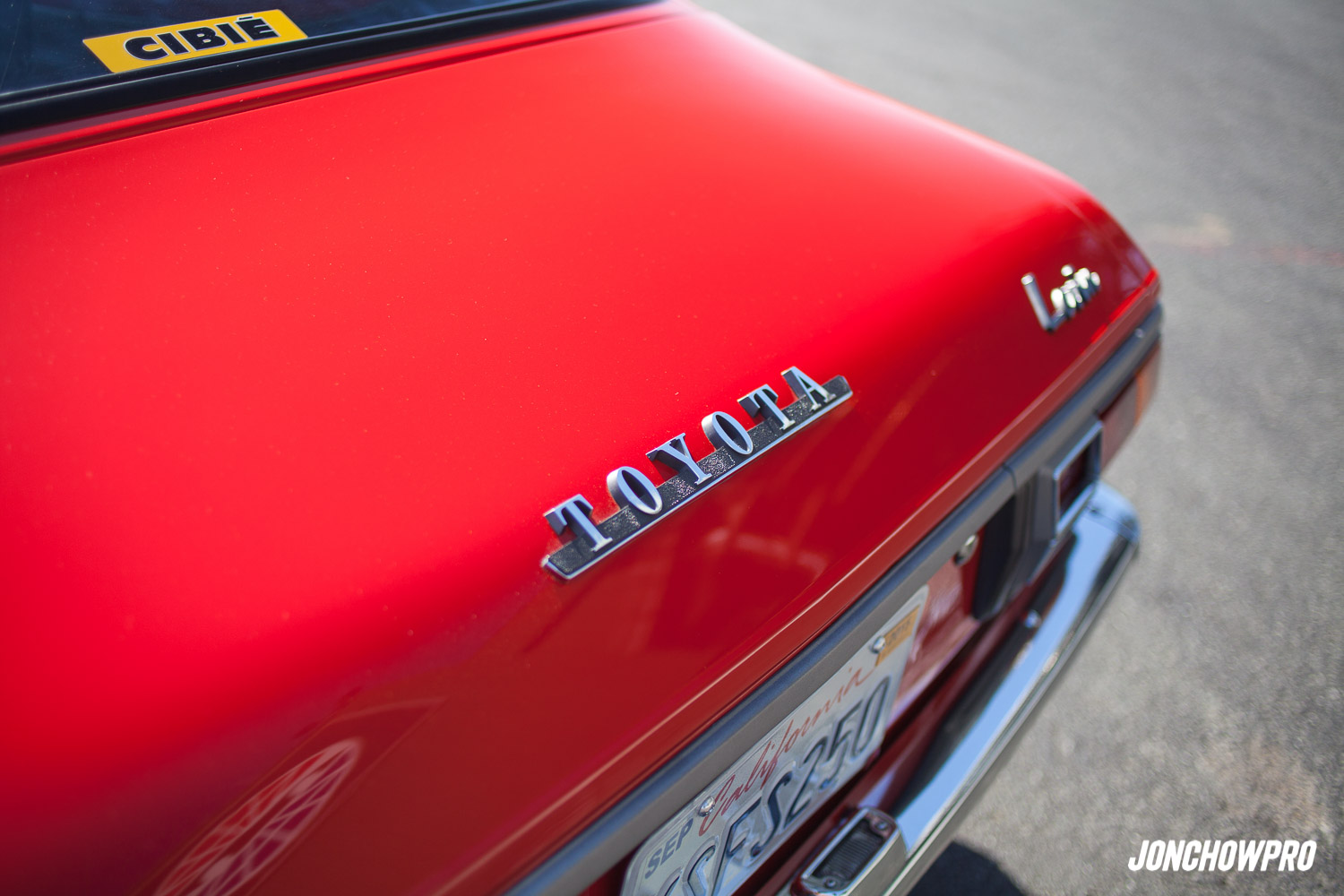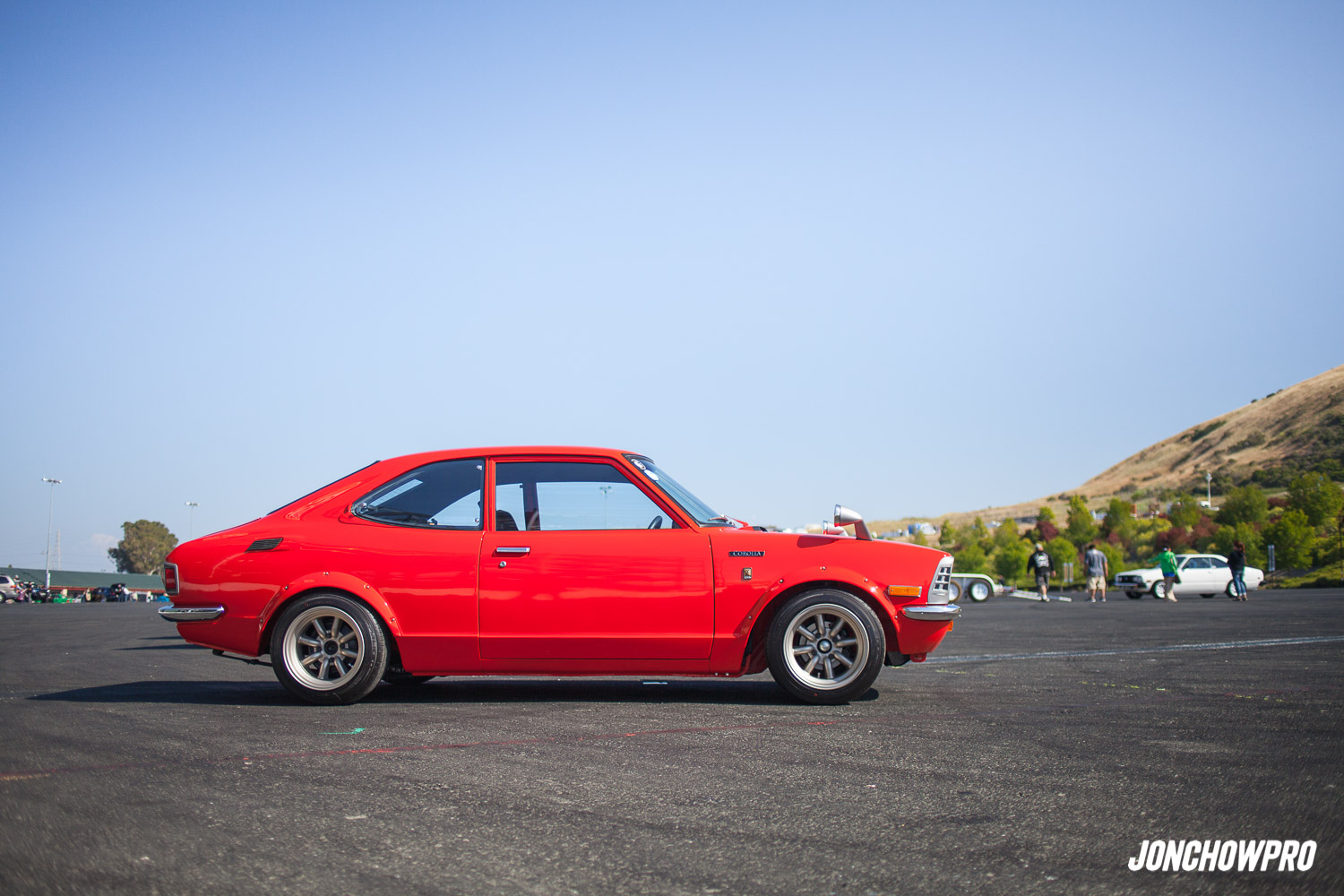Car Spotlight / Legends in Rogue
Oh boy, here they are. The Ferrari F50 and Ferrari F40. Yeah there's technically rarer, more hardcore variants of these two, but these are the best known versions. Let's get into the older model first.
The F40 is probably the most favorite car on the internet. It's the E30 M3 of the supercar world, that hardcore, bare-bones, TRUE driver's car that lives on through folklore. But also like the E30 M3, it is a little misunderstood and can be tricky to tell when the tales begin growing taller than they ought to be.
First thing first, I want to go on record stating the F40 absolutely deserve its "legendary supercar" status. It was the successor to the original Ferrari supercar, the 288 GTO. What makes these supercars?
The term supercar has been used on a variety of cars for a variety of reasons. In the case of these Ferraris though, it all comes down to focus. The focus to be the best all-out performing vehicle Ferrari could produce. Creature comforts took a back seat and were then thrown out. Interior quality in general was reduced for the sake of lightweight functionality with the F40's interior being particularly infamous for it's hastily glued together construction.
But what the Ferrari lost in luxury, it gained in performance. The 288 GTO was already the fastest Ferrari of its time and so the F40 needed to step it up a notch. When launched, it too was the fastest and most expensive Ferrari of its era. It's twin turbo power-plant put out about 480 hp. That might not seem like much until you take into account how light the car is, being Ferrari's first product using carbon fiber.
So what was I saying earlier about the E30 M3 and F40 being misunderstood? Well, it all comes down to the motors and false traditions. The original E30 M3 had an inline 4 cylinder engine, but M3's are falsely believed to have an inline 6 tradition. The F40 and it's predecessor the 288 GTO also gain the same faux traditions. Ferraris, by "traditional" mean, should always be natural aspirated. And yet, two of the most admired Ferraris of all time are turbocharged. It has been an especially hot topic as more modern cars, such as the new 488 GTB, are gaining turbocharged engines. Hopefully though we'll reach a point when we realize that many of these "traditions" aren't traditions but rather a coincidental string of similarities.
With that stuff aside though, while it'll always be a stunner, I must confess that I don't really connect with the F40 like the internet would assume all car enthusiasts should. I see it sort of as a political figure. I've read about its accomplishments and where its placed in history, I know it has a massive fanbase, and I've seen that it really is an amazing thing. But all of my experiences with it is purely observational.
Whereas the F50 is completely different. Firstly, let's just say that of all the Ferrari supercars, the F50 is most definitely the forgotten middle child. The ugly middle child by many people's accounts. But I am not one of those people, for the F50 is actually my favorite Ferrari supercar.
Why? Well, whereas I mentioned the F40 is like a political figure, I liken the F50 to a movie celebrity. I grew up watching its movies, I saw all the latest news and stories it was featured in, and memorized every little thing about it. You see, growing up I played many racing games but one of the most loved was Need For Speed II. And guess who was the hero car for that game?
With an interior that is much better assembled than the F40 (though that's not really saying much), Ferrari decided to bring back some of its luxury side with this 3rd pass. Of course, it was still was bare-bones compared to the GT offerings and the interior still wasn't without its rough edges (that dash looks like its seen better days). But hey, at least the seats were now leather!
Of course, it isn't a Ferrari supercar without a supercar engine, and here is where the car really shined. With a V12 that was directly derived from their F1 cars, it was a real singer. Mated with the last gated manual transmission ever to be fitted to a Ferrari supercar, it offered a driving experience that was truly bespoke among the Maranello supercars.
Ferrari also continued on with their usage of carbon fiber, this time utilizing the material for both the body and chassis. If you look very closely, you can see how the thin paint still reveals the weave pattern. Just one of the many things that makes the car really unique to me.
Save for the McLaren F1, this still holds a place in my heart as the ultimate road car from my childhood. I am even still a fan of the looks which still feels like a 90's LeMans racer to me. This is something the later Enzo couldn't really click with me and something I completely lose with the new LaFerrari.
The F40 and F50, legends of their decades and childhood heroes to two generations. Hopefully today's cars can still conjure up the same admiration that these analog cars did for us.




